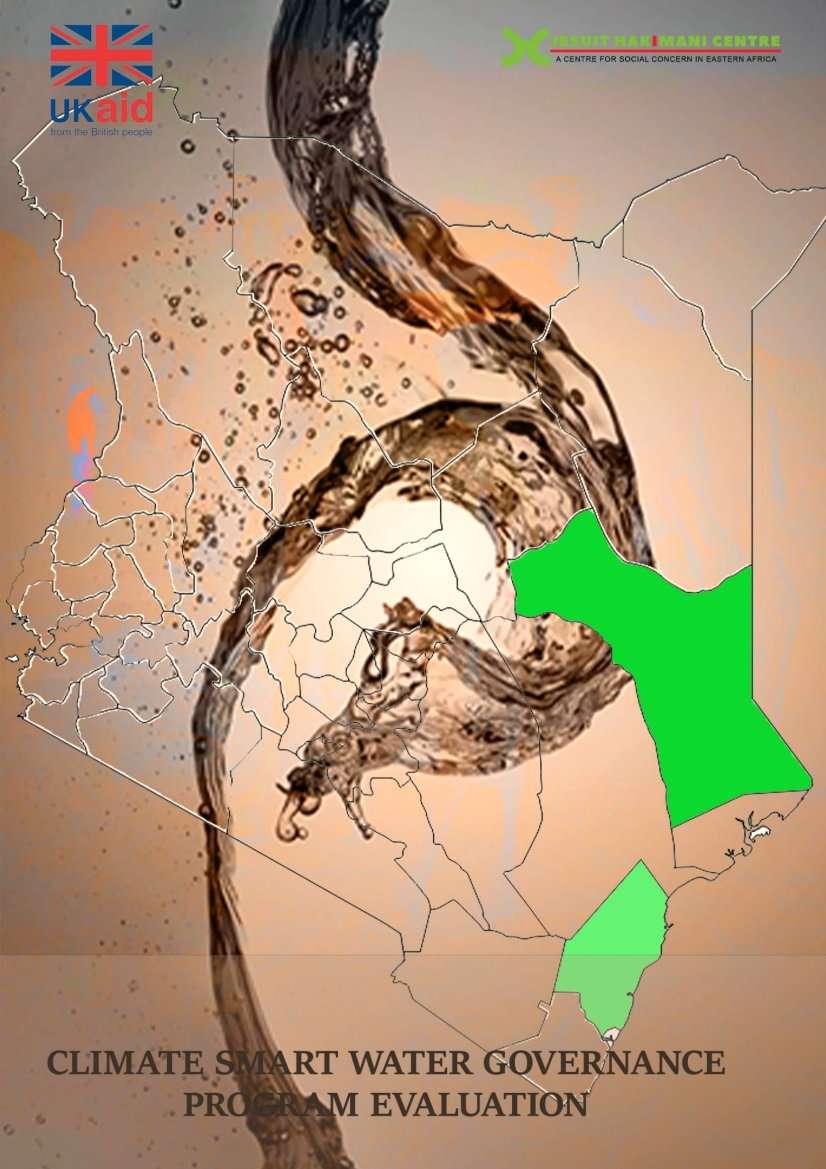
Climate Smart Water Governance
Reports
September 11, 2019
Executive Summary
The Climate Smart Water Governance project embarked on a mission to tackle the persistent issue of inequality and uneven access to water resources in the regions of Garissa and Kilifi counties. These areas, characterized by their arid and semi-arid nature, have long grappled with chronic water shortages, resulting in dire consequences such as malnutrition and inter-clan conflicts. The urgency of rectifying water management practices in these drylands cannot be overstated. Various interventions, spanning policy development, behavior modification, community-based water storage initiatives, and practices directly linked to water resource utilization, assume paramount importance in this endeavor.
The fundamental aim of the Climate Smart Water Governance project was to drive transformative change through policy advocacy, involving a series of engagement forums and sessions that fostered collaboration between governmental bodies, stakeholders within the water sector, and local communities. The overarching goal was to instill enhanced water management practices and facilitate easier access to this scarce resource.
Spanning an 18-month implementation period, the project was meticulously structured around three key outputs that charted a roadmap towards more intelligent water management and governance practices across Garissa and Kilifi counties. The findings detailed in this report stem from a comprehensive end-line evaluation, utilizing the outcome harvesting approach. The evaluation process commenced with outlining the outcome identification process, followed by the identification of stakeholders pivotal to the harvesting process. Respondents were purposefully selected, employing grounded theory as a guiding principle. Notably, saturation levels were attained, with a substantial sample size of 40 individuals per sub-county where the project was executed, treating each sub-county as an individual sample frame representing a locus of change.
The sampling methodology ensured gender inclusivity, with a balanced distribution of male and female participants at the household level, among key informants, and within workshop formats. A total of 24 outcomes were harvested across the two counties, each analyzed based on the dimension of change it encapsulated. The analysis delved into the project’s role, the nature of the outcome, the type of change observed, and the degree of change achieved. Predominantly, the most recurring types of change stemmed from outcomes influencing community knowledge and capabilities (12/24 outcomes) and strategies (6/24 outcomes). This trend suggests that despite relatively limited messaging about the project, the focus on behavior alteration through training yielded positive outcomes in a substantial majority of cases (20/24 outcomes). Further validation was executed through behavior categorization, ranging from “Always” to “Not Applicable.”
The project’s impact reverberated at both the community and individual levels. A significant portion of the outcomes (18/24) showcased an enhancement in water management processes at the individual and household scales. Additionally, outcomes related to community engagement, group formation, and conflict management were corroborated. In the context of Garissa, the documented stories highlighted marked improvements in conflict resolution processes at both community and household levels. However, the anticipated outcome of enhanced engagement with water service providers such as GAWASCO, MAWASCO, KIMAWASCO, and the Northern Water Services Board did not materialize, at least not discernibly within the community sphere.